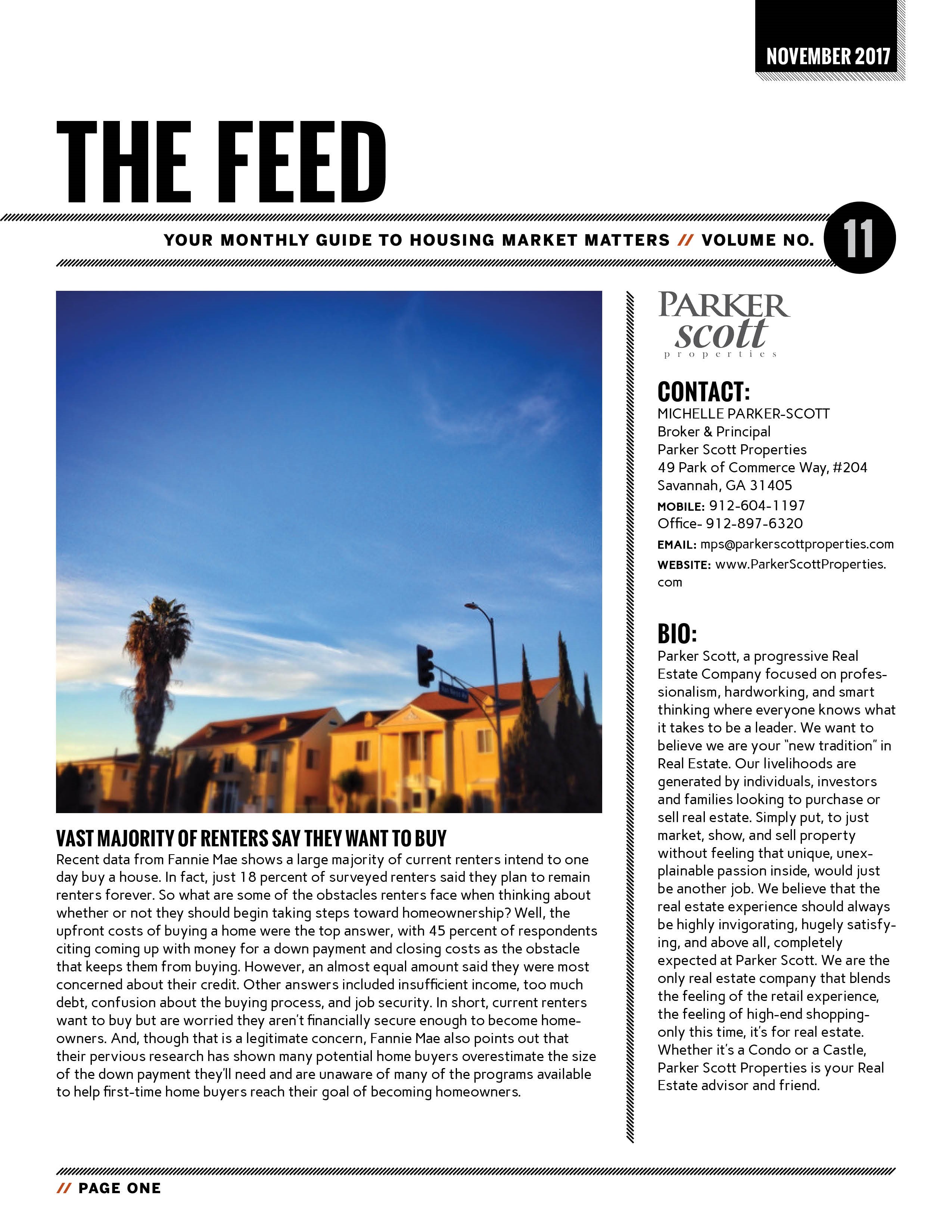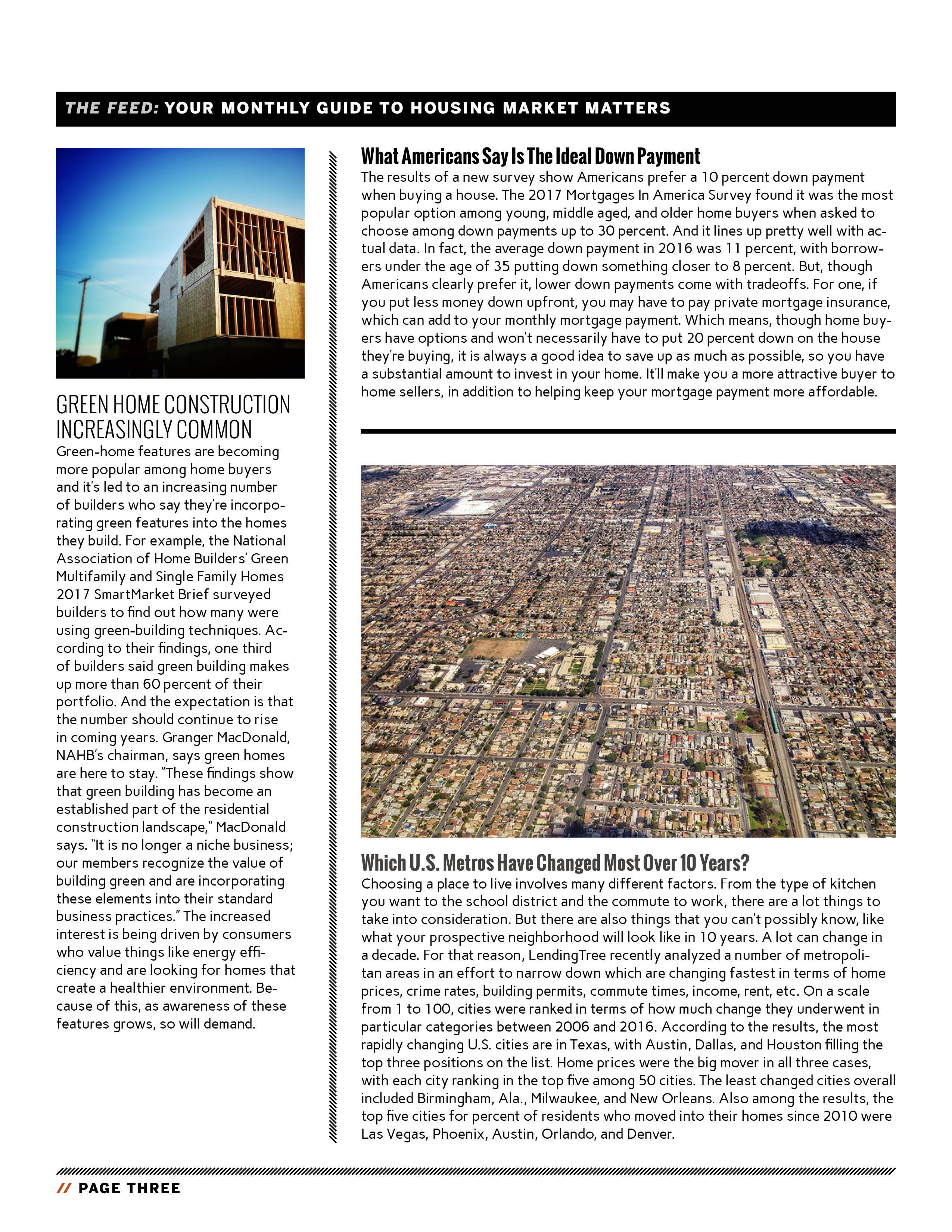


November Newsletter







You don’t want to feel rushed when choosing a home to buy. It’s a big decision and one you’ll be living with for many years to come. So it’s best to take your time and only make an offer when you find a house that’s really right for you. But though that’s true, you may wonder along the way if you’re taking longer than usual or seeing more homes than the typical buyer. So how long does the usual home buyer search for a home? Well, according to the National Association of Realtors, the length of the median home search has gotten longer over the past 30 years. In fact, buyers in 1987 searched a median of seven weeks before buying a house. In recent years, that’s risen to as much as 12 weeks – though it’s held steady at 10 weeks since 2014. During those 10 weeks, buyers typically look at 10 homes before finding one that fits their needs. That’s fewer than it used to be, but not by much. The median number of homes buyers see before purchasing has generally been between 10 and 12 homes for the past 30 years. More here.

Autumn may typically be the time of year when home sales start to slow down but new numbers show sales of previously owned homes up for the second straight month and at their highest annual pace since February 2007. The data, from the National Association of Realtors, shows October sales up 2 percent over the month before and 5.9 percent above last year’s estimate. Lawrence Yun, NAR’s chief economist, says the past two months have been an autumn revival for the housing market. “October’s strong sales gain was widespread throughout the country and can be attributed to the release of the unrealized pent-up demand that held back many would-be buyers over the summer because of tight supply,” Yun said. “The good news is that the tightening labor market is beginning to push up wages and the economy has lately shown signs of greater expansion. These two factors and low mortgage rates have kept buyer interest at an elevated level so far this fall.” Sales were up in all regions, with the largest gains in the South, where home sales rose 2.8 percent. Also in the report, the typical home stayed on the market for 41 days in October, though 43 percent of homes sold in less than a month. More here.
Having a car isn’t really a choice for a lot of Americans – and even some of us that are lucky enough to choose whether or not to have a car decide to have one. Put simply, cars are a fact of life for most us. So it comes as no surprise that an analysis of Census Bureau construction data done by the National Association of Home Builders found that an increasing number of new homes have garages and the size of those garages is also on the rise. For example, the share of homes with a three or more car garage jumped from 11 percent in 1992 to 20 percent in 2005. And, in the past decade, new homes built without a garage have become almost non-existent. Robert Dietz, NAHB’s chief economist and senior vice president for economics and housing policy, breaks down the numbers in a recent article. “For new single-family completions in 2015, 61 percent of homes offered a two-car garage,” Dietz writes. “Another 24 percent of homes possessed a garage large enough to hold three or more cars. Just 6 percent of newly-built homes had a one-car garage, and only 1 percent possessed a carport. Another 9 percent of new homes had no garage or carport.” Additionally, of the 9 percent of homes without a garage, 23 percent were townhomes. More Here
